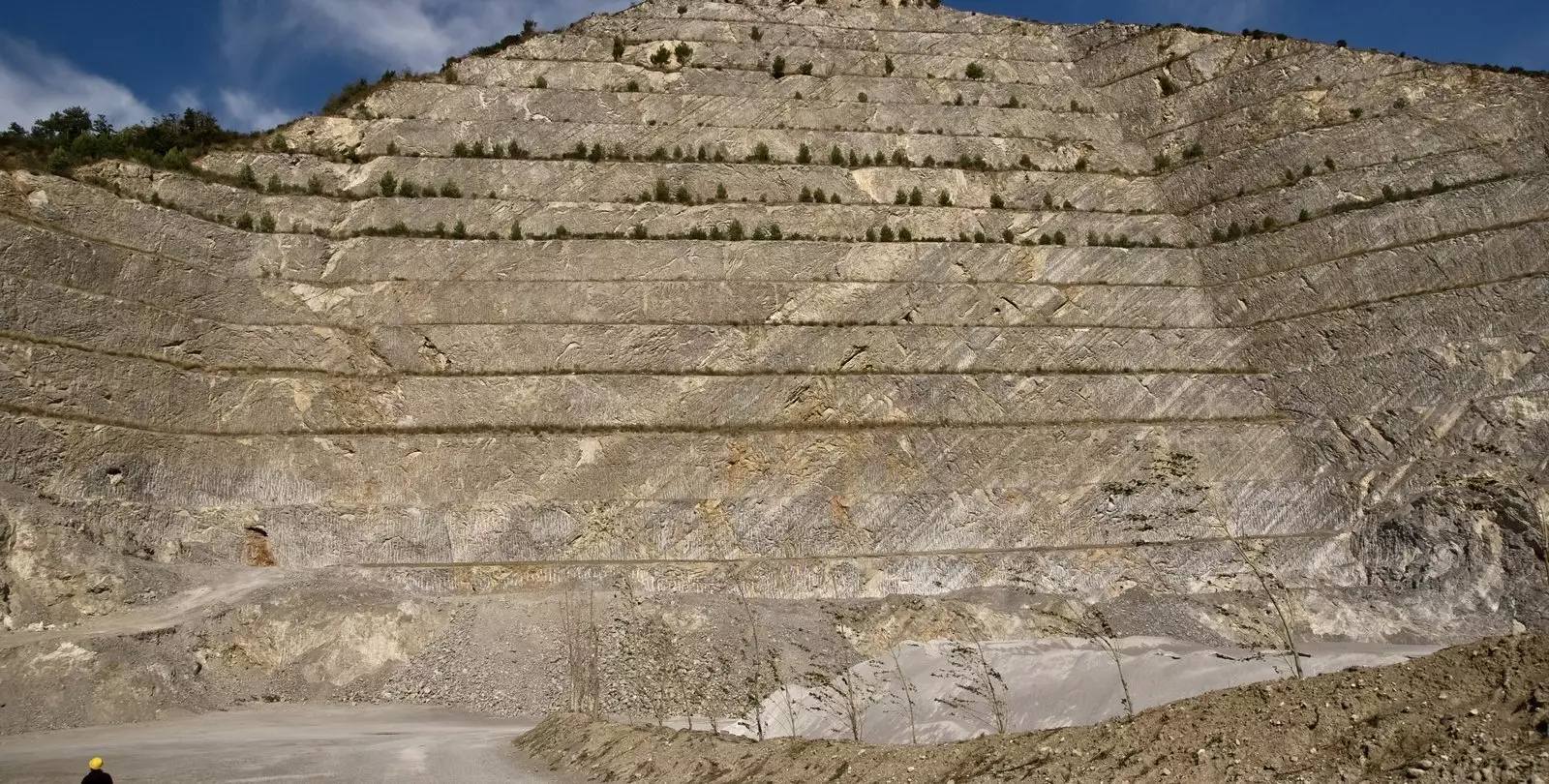Around 183 million years ago, during the Toarcian Oceanic Anoxic Event (T-OAE), massive volcanic activity in what is now South Africa released an estimated 20,500 gigatons of carbon dioxide (CO2) into the ocean and atmosphere. This event, which lasted for 300 to 500 thousand years, resulted in a significant lack of oxygen in the water, leading to a mass extinction of marine species. The sudden disappearance of fossils within ocean sediments before and during the T-OAE highlights the devastating consequences of anoxic conditions on marine life.
Since the industrial revolution, human activity has led to a rapid increase in greenhouse gas emissions. In fact, CO2 emissions from this period represent 12% of the total CO2 released during the entire T-OAE, spanning a mere 0.1% of the time. This alarming comparison serves as a stark reminder of the potential consequences of continued high levels of CO2 in the atmosphere.
A recent study published in the Proceedings of the National Academy of Sciences sheds light on the extent of ocean anoxia during the T-OAE. Researchers collected 30 samples of stratified limestone from southern Italy to assess the severity of ocean deoxygenation during this period. By analyzing the uranium content and isotopic composition of these samples, scientists were able to infer the amount of anoxia present in the ancient oceans.
Isotopes are variations of an element with a different number of neutrons, leading to slightly different masses. The relative abundance of uranium isotopes in the ocean serves as a valuable indicator of anoxia levels. When oxygen levels in the water drop, uranium precipitates out of the seawater and settles into sediments on the ocean floor. By studying the isotopic composition of uranium in ancient rock samples, researchers can estimate the percentage of oxygen present in the oceans during the T-OAE.
The findings from this study indicate that past anoxic events, such as the T-OAE, can provide valuable insights into the potential effects of anthropogenic CO2 emissions on marine ecosystems. With anoxia peaking at 28 to 38 times the levels found in the modern ocean during the T-OAE, it is clear that high levels of atmospheric CO2 can have severe negative impacts on marine life. If current carbon emissions are not reduced, marine ecosystems may face devastating consequences similar to those seen millions of years ago.
The research on the T-OAE serves as a sobering reminder of the fragility of marine ecosystems in the face of increased CO2 levels. By studying past anoxic events, scientists can gain valuable insights into the potential impacts of ongoing climate change. It is crucial that immediate action is taken to curb carbon emissions and protect the delicate balance of our oceans before irreversible damage occurs.


Leave a Reply